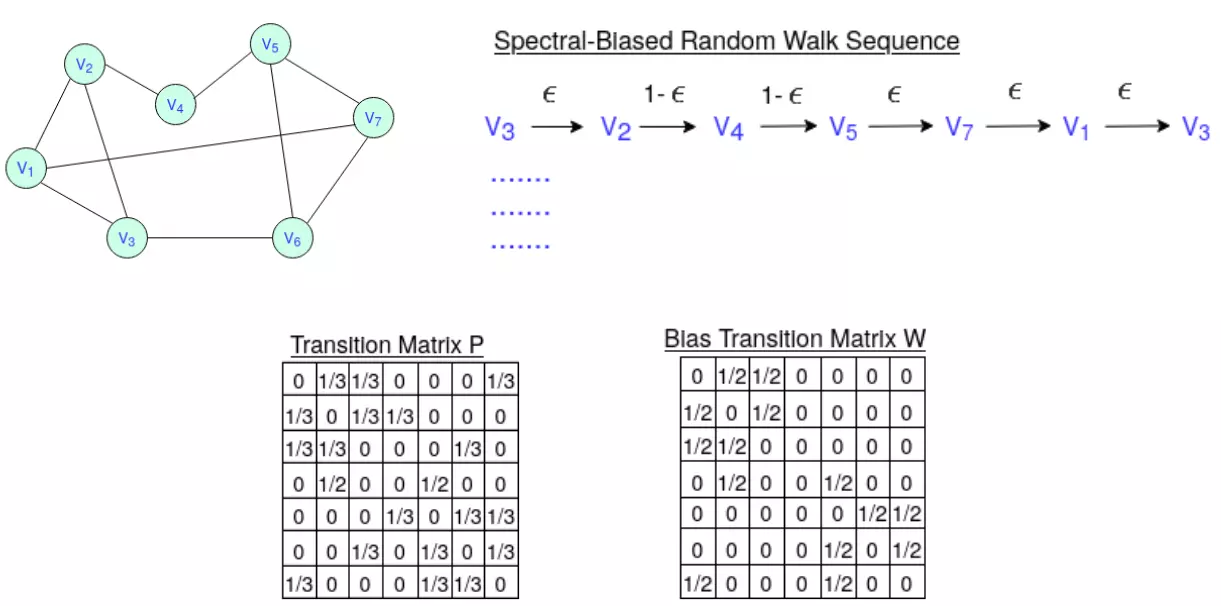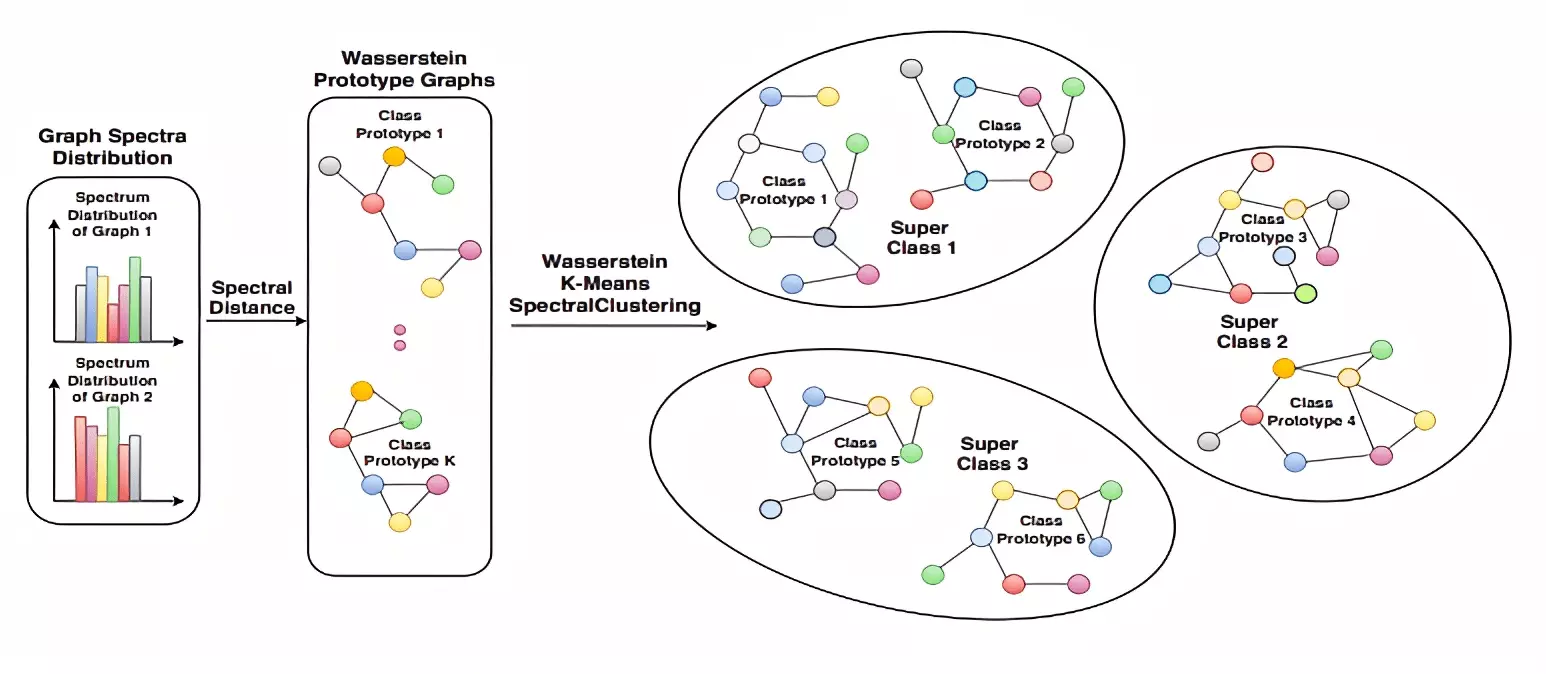Articles
Simplicial Complex based Point Correspondence between Images warped onto Manifolds
Written by Charu Sharma on July 20,2020 
There exists a longstanding line of research on finding bijective correspondences (i.e.,assignments / matchings) between two sets of visual features. Notable applications include stereo matching, structure from motion (SfM), and image registration, etc. You can see our work from ICML 2018 on matching between two images in this blogpost.
The recent proliferation of spherical images (e.g., omnidirectional and panoramic images captured from cameras mounted on drones and autonomous vehicles) and more generally, images warped onto manifolds with non-trivial curvatures, has sparked a heightened interest in assignment algorithms on warped images due to projection. Thus, we present our work from our ECCV 2020 paper titled “Simplicial Complex based Point Correspondence between Images warped onto Manifolds”.
Graph Matching: Partial Assignment Problem using Random Clique Complexes
Written by Charu Sharma on July 19, 2020 
The matching problem finds the assignment between two finite sets U and V, each of cardinality n, such that the total cost of all matched pairs is minimized. The assignment problem can also be generalized to finding matchings between more than two sets. This is a fundamental problem in computer science and has been motivated by a wide gamut of research areas spanning diverse areas such as structural biology, protein structure comparisons in bioinformatics, and computer vision. Computer vision especially boasts a broad range of applications that include object matching, image registration, stereo matching, shape matching, structure from motion (SfM), and object detection, etc.
Matching problem can be posed as a Graph Matching Problem where each graph’s nodes represent the objects and the edges encode their corresponding connection and/or distances. Thus, the goal is to find Inexact graph matching.
We present an alternate formulation of the partial assignment problem as matching random clique complexes, that are higher-order analogues of random graphs in our ICML 2018 paper titled “Solving Partial Assignment Problems using Random Clique Complexes”.
Spectral-Biased Random Walks on Graphs
Written by Charu Sharma on July 18, 2020 
Graph embedding methods have gained prominence in a wide variety of tasks including pattern recognition, low-dimensional embedding, clustering, anomaly detection, node classification, and link prediction, etc. Graphs can be mapped to low dimensional space which encodes graph information and creates node representation. From an input graph G=(V,E), embedding a graph is to map node feature matrix to d-dimensional continuous vector space. The input in continuous domains are required for machine learning and deep learning methods. In machine learning, the task of producing graph embeddings entails capturing local and global graph statistics and encoding them as vectors that best preserve these statistics in a computationally efficient manner.
We present our work from our IJCNN 2020 paper titled “Learning Representations using Spectral-Biased Random Walks on Graphs” focusing on solving Link Prediction problem. Given a graph, predict if two nodes are likely to have a link between them. Link prediction has several applications in social networks, biological networks, knowledge graphs, etc.
Few Shot Learning on Graphs
Written by Jatin Chauhan on June 7, 2020 
Use of Graph Structured data has become quite a common data analysis and data representation technique, thus giving a greater impetus to research interest in developing graph neural networks for various tasks ranging from graph representation learning to link prediction and community detection in graphs. One of the most dominant problems in the graph domain is the well known classification problem. Similar to image classification, here our goal is to the classify a given set of graphs into various classes based on the graph structure and features present on the nodes and edges which could be via inductive or transductive learning techniques. The construction and labelling of graphs is however extremely tedious. Thus we propose, for the first time, the formulation of few-shot learning for graph classification in our ICLR paper: FEW-SHOT LEARNING ON GRAPHS VIA SUPER-CLASSES BASED ON GRAPH SPECTRAL MEASURES.
Pay Attention, Relations are Important
Written by Deepak Nathani on July 12, 2019 
In recent years, Knowledge Graphs have been utilized to solve many real world problems such as Semantic Search, Dialogue Generation and Question Answering to name a few. Knowledge Graphs suffer from incompleteness in form of missing entities and relations, which has fueled a lot of research on Knowledge Base completion. Relation prediction is one of the widely used approaches to solve the problem of incompleteness.
Here we will present our ACL 2019 work, Learning Attention-based Embeddings for Relation Prediction in Knowledge Graphs, and introduce a novel neural network architecture which operates on Knowledge Graphs and learns to extract more expressive feature representations for entities and relations. Our model also addresses the shortcomings of previous methods like ConvKB, ConvE, RGCN, TransE, DistMult and ComplEx.